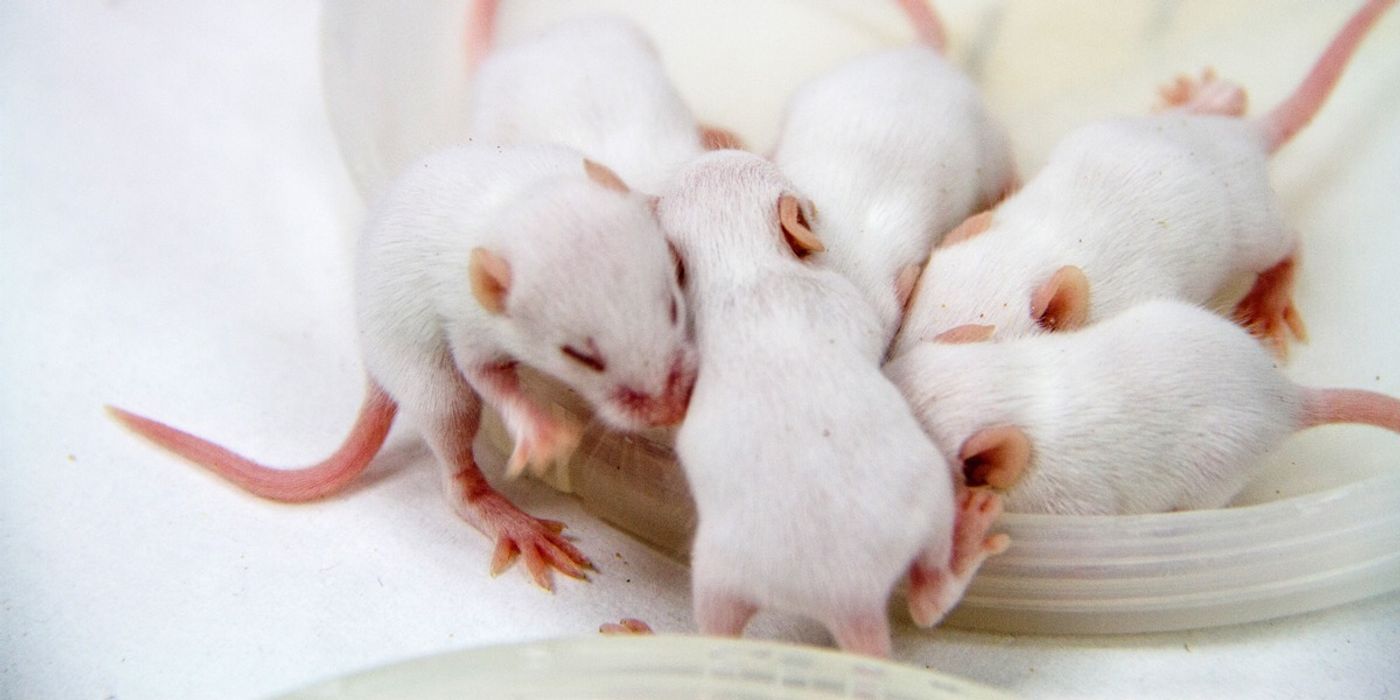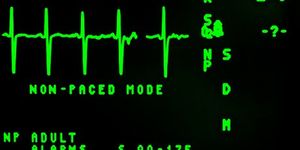A Better Human Immune System: In Mice
As immunologist Mark Davis of the Stanford School of Medicine is fond of saying, “We’ve cured cancer and autoimmune disease in mice many times over.” Inbred mouse models have been extremely important in immunology and our knowledge of the immune system would not be where it is today without their use. However, the mouse immune system is not identical to our immune system and those differences limit the translation of mouse “cures” into beneficial treatments for humans. In order to preserve all of the benefits of mouse models while increasing the translational power of these systems, researchers have attempted to make key parts of the mouse more like us. These so called "humanized mice" are immunodeficient mouse strains that have been engrafted with the primary haematopoietic cells of humans to generate a functional immune system similar to our own. This enables scientists to better utilize the mouse model to understand how the human immune system (HIS) functions.
Unfortunately, these humanized mouse models still cannot fully recapitulate the entire HIS. First generation humanized mice fail to produce many innate immune cells, the so-called “first responders” of the immune system. These cells are the first to detect pathogens and are able to non-specifically kill infected cells as well as recruit cells of the adaptive immune system for a pathogen-specific immune response and formation of immune memory. In particular, natural killer cells (NK cells) and myeloid cells, including dendritic cells, are underrepresented in first generation humanized mice. NK cells respond quickly to a wide array of challenges and react by naturally killing and secreting cytokines to recruit and activate adaptive immune cells. Myeloid cells secrete cytokines but also phagocytose pathogens and “present” antigens to activate the adaptive immune response. Thus, without NK cells and myeloid cells, the study of the immune response to human pathogens and diseases in first generation humanized mice fails to replicate what happens inside the human body.
The Immune System, Explained
To overcome this pitfall, Douam, et al, at Princeton developed and characterized a second generation humanized mouse. By introducing the expression of human Flt3 ligand they were able to reconstitute a more complete HIS with a repetoire of NK cells, dendritic cells, and monocytes. To characterize their improved mouse model, they designed a novel method that allowed them to examine the immune response following vaccination and compare it to first generation humanized mice and humans that received the same vaccine. Their second generation mouse was superior at clearing the live-attenuated viral vaccine compared to first generation mice. It also had an enhanced transcriptomic, cellular, and humoral response to the vaccine that was similar to human vaccinees. These findings demonstrate the substantial improvements of these second generation humanized mice.
NK cells, dendritic cells and other myeloid cells are a vital part of our immune system and have been implicated in autoimmunity, cancer, and many other disease etiologies. Thus, a mouse model that includes these innate immune cells and more closely recapitulates the HIS stands a much better chance of informing the development of novel drugs and therapies to treat human disease. Hopefully this will result in a closer parallel between disease cures in mouse models and humans.
For a quick overview of the immune system, watch the video!









